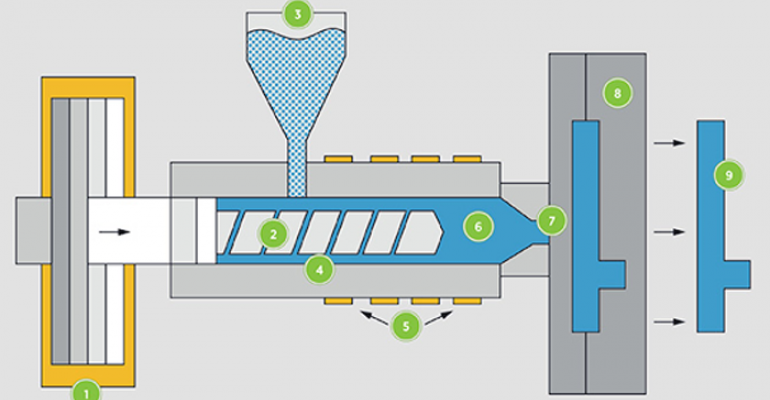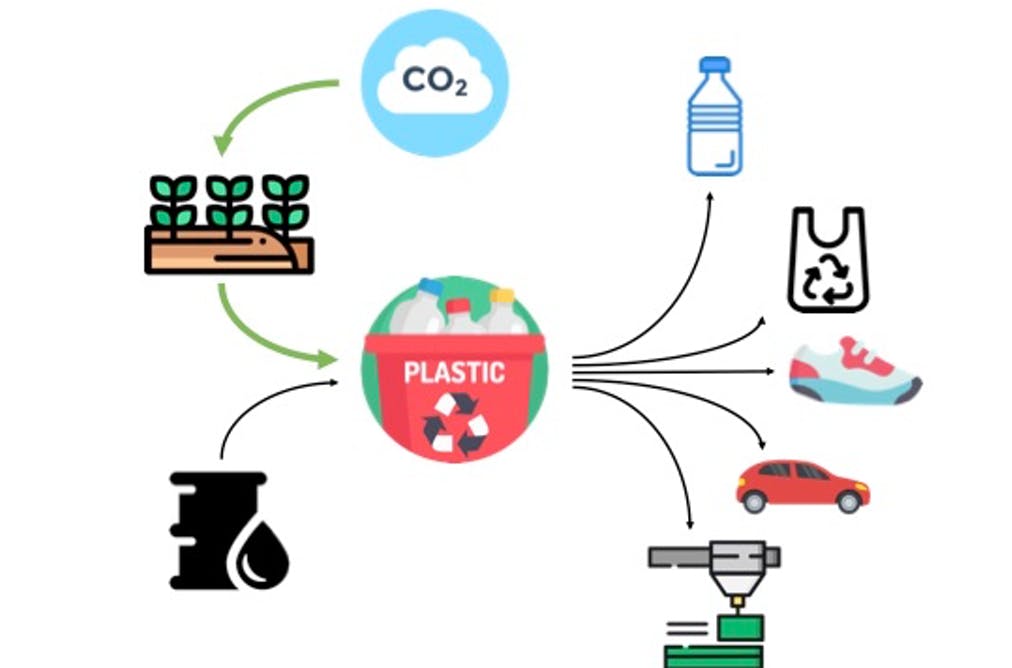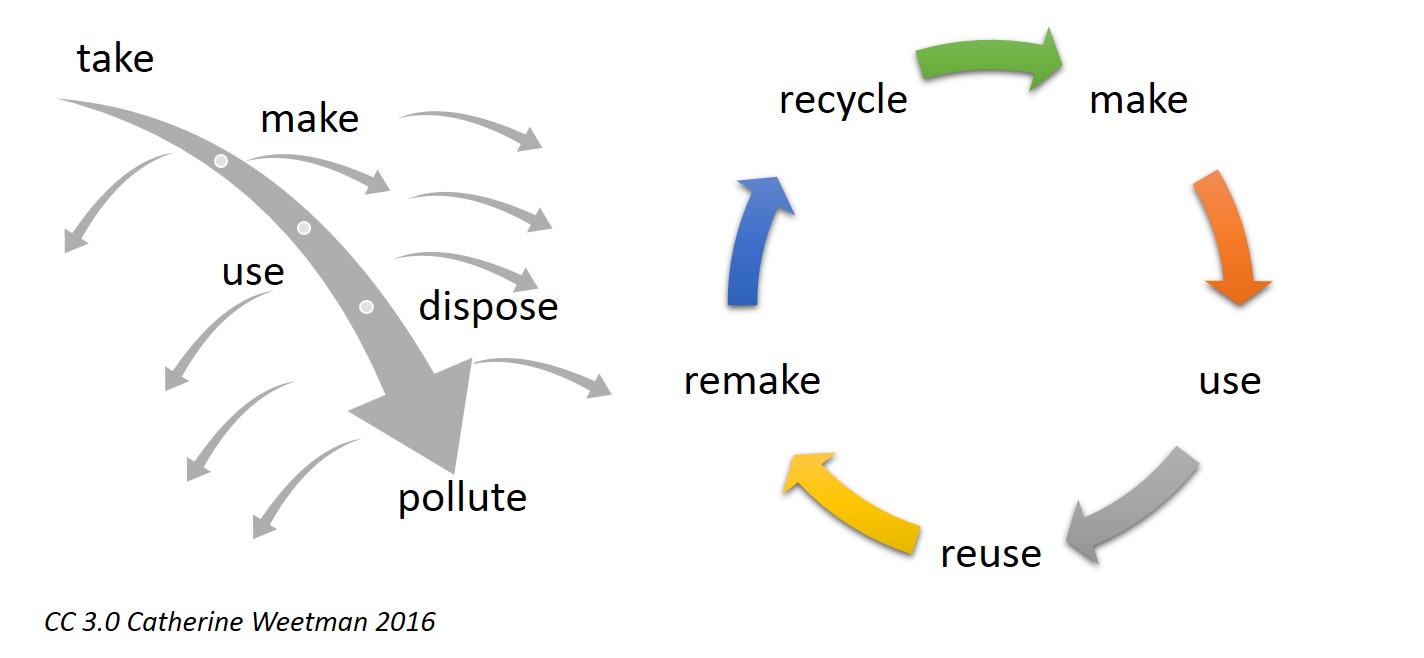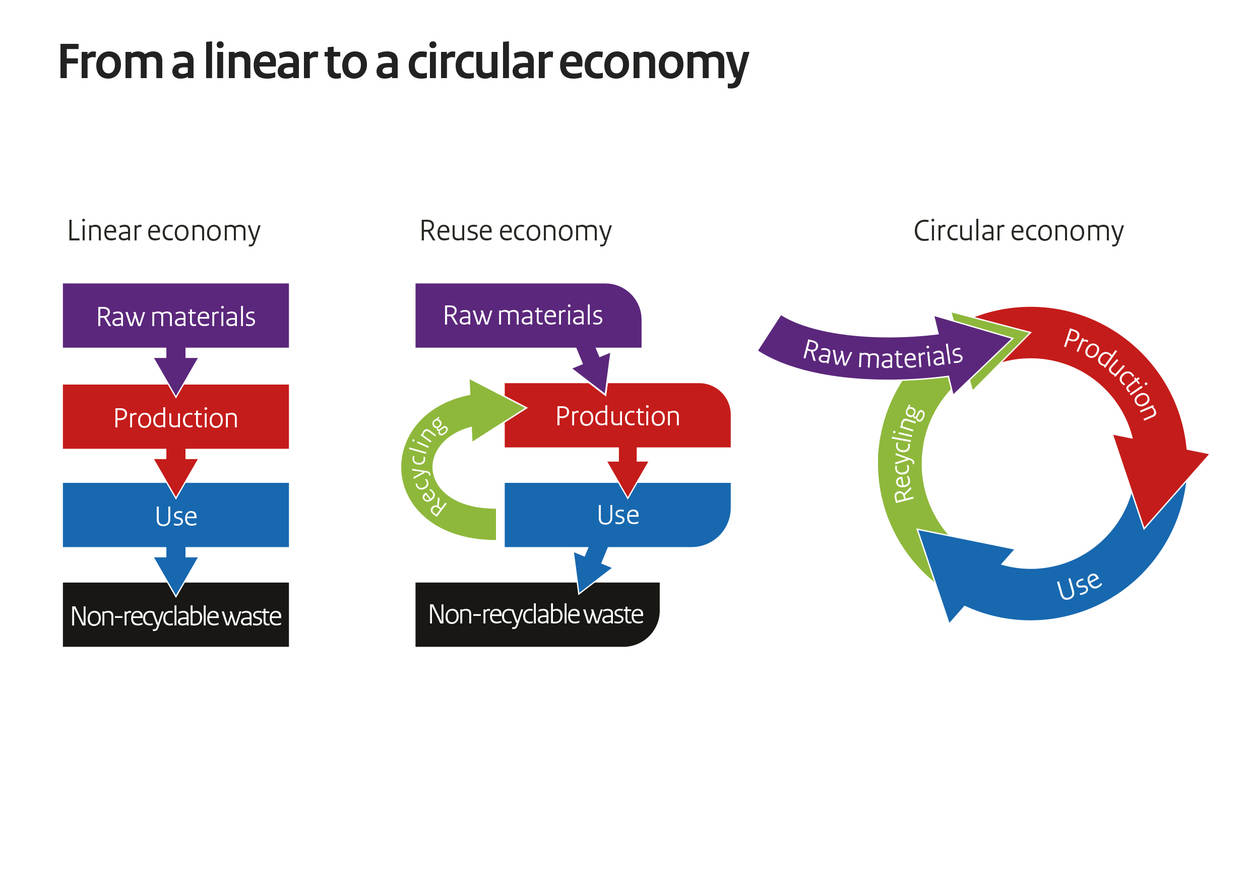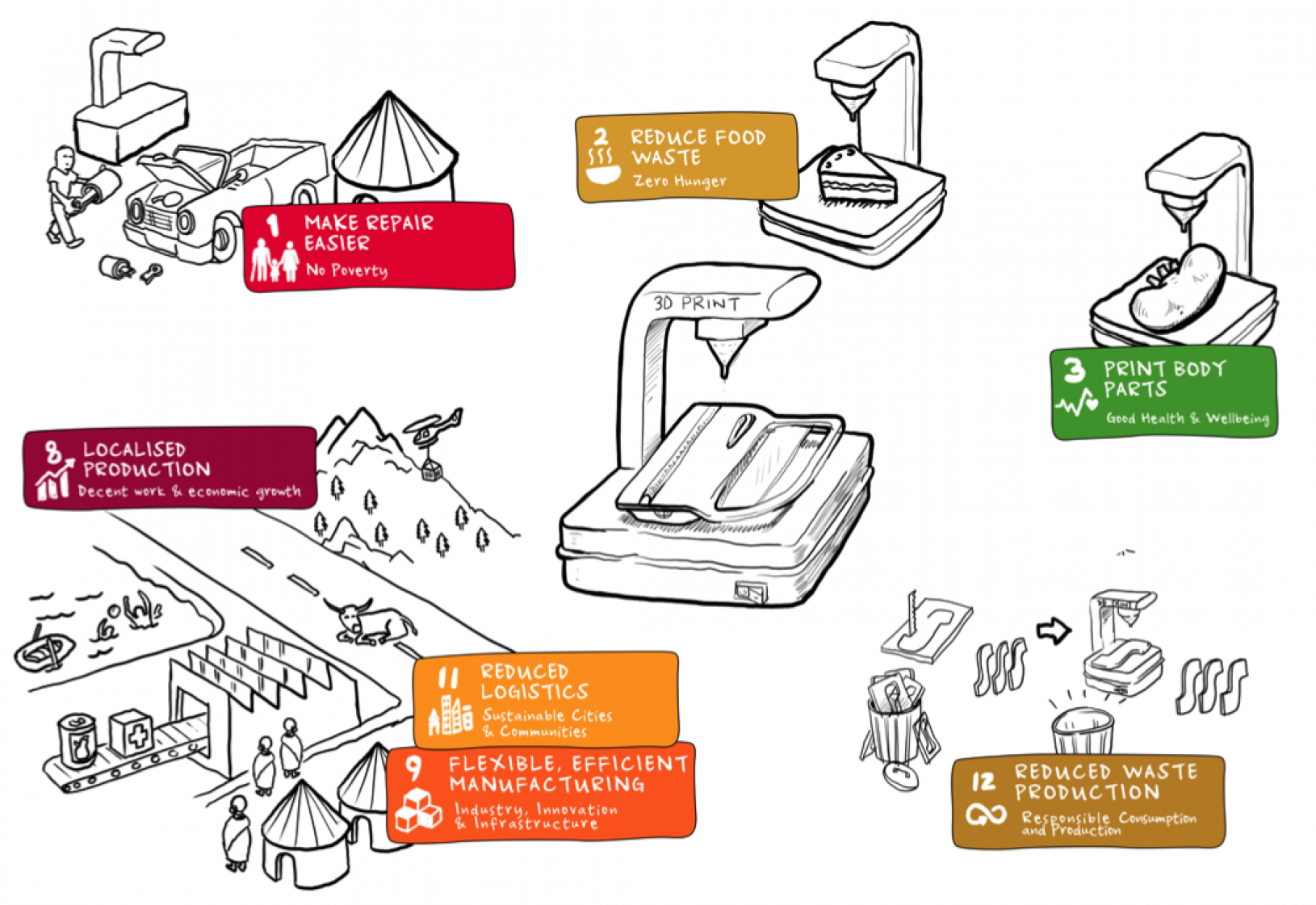 People across the globe are harnessing the power of new technologies in a search for sustainable, low-cost, and localized solutions to life that will eventually deal with some of Earth’s most imminent problems, like pandemics, global warming, and plastics contamination. Particularly concerned about the future of sustainable education, three Arizona State University (ASU) students won $6,000 in startup funds for their new circular economy project through the Microsoft Community Impact Pitch-Off in late November. Hoping to meet the needs of underserved high school students in the Phoenix metro area, Brian Boyle, Matthew Burmeister and Andrew John De Los Santos (three master’s students from the School of Sustainability) created The Circular Classroom. It is an embodiment of their belief that technology could help transform hard-to-recycle plastic waste into low-cost 3D printed educational materials. Additionally, the project truly touches on all three pillars of sustainability: environmental, economic and social.
People across the globe are harnessing the power of new technologies in a search for sustainable, low-cost, and localized solutions to life that will eventually deal with some of Earth’s most imminent problems, like pandemics, global warming, and plastics contamination. Particularly concerned about the future of sustainable education, three Arizona State University (ASU) students won $6,000 in startup funds for their new circular economy project through the Microsoft Community Impact Pitch-Off in late November. Hoping to meet the needs of underserved high school students in the Phoenix metro area, Brian Boyle, Matthew Burmeister and Andrew John De Los Santos (three master’s students from the School of Sustainability) created The Circular Classroom. It is an embodiment of their belief that technology could help transform hard-to-recycle plastic waste into low-cost 3D printed educational materials. Additionally, the project truly touches on all three pillars of sustainability: environmental, economic and social.
According to the trio, the Circular Classroom aims to address a myriad of community needs in the Phoenix area, where many local high schools suffer from a lack of funding, which creates barriers to technology and learning opportunities. Meanwhile, schools and society at large are creating plastic waste streams that are not easily recyclable. For example, they were concerned with plastic bottle caps made out of polypropylene which does not biodegrade, meaning it would take hundreds of years for them to decompose in a landfill, and if not recycled, these caps can turn up in the water and pose a danger to marine life because of their small size. In the United States, 2.5 million plastic bottles are thrown away every hour, and each one of them has a cap on, which is another reason why this project is so important.
The winners of the challenge claim that now students will have the opportunity to be introduced to a circular economy model where they can produce 3D printing educational materials from what would otherwise be a plastic waste. In doing so, it generates an opportunity to increase high school graduation rates by keeping students engaged in classrooms, reduce the school budget on 3D printing filament by providing them with the technology to generate their own filament from plastic waste, and build capacity which can create pathways to employment or higher education by training students on Computer-Aided Design (CAD).
“Our excitement and motivation for The Circular Classroom stems from the opportunity to introduce a circular economy education model into local high schools,” said Boyle, who is pursuing a Masters degree on Sustainability Solutions at ASU. “We are unaware of schools currently providing this learning opportunity to students, yet feel that it is imperative to give exposure to the next generation and empower students by building capacity to address contemporary challenges surrounding waste. Furthermore, by prioritizing underserved high schools, we aim to provide technological aptitude and learning opportunities for students to persist in high school graduation and beyond.”
They have come up with a process that is fun and simple. First off, they need to collect bottle caps at schools, so they plan to begin by identifying a local high school to establish a partnership, select interested teachers, engage students, and then set up collection sites in the classrooms. Then the plastic waste is transformed into 3D printing filament, and finally, they can 3D print new designs for educational supplies using the new 3D printers that some local high schools have received through a grant.
Boyle, Burmeister and De Los Santos took home $1,000 in prize money and $5,000 in implementation funds to start putting their plan into action. They will use the funds to purchase technology that local high schools can use to shred plastic into plastic flakes and then extrude them into spools for their 3D printers (they are currently considering buying ReDeTec’s Protocycler+). Boyle estimates that with the funding and right high school partnership opportunities, they could implement and pilot for The Circular Classroom in up to two local schools. In addition to Microsoft, the team is partnering with GreenLight Solutions, an organization that will provide ASU student support for training teachers on how to use the shredder/grinder and 3D printer.
The idea originally came from a video of a volunteer-based 3D printing operation using plastic bottle caps in Bali, Indonesia, and from one of the team member’s experiences attending public schools in the Phoenix metro area. Now it has led the three bright minds to become winners of the Microsoft Community Pitch-Off, an event co-sponsored by Microsoft and Net Impact (a nonprofit organization for students and professionals interested in using business skills in support of various social and environmental causes) that gives students the opportunity to propose a solution that addresses a problem in their local community. Both judges from Microsoft and the local community were in charge of evaluating the proposals.
Microsoft is on point with its environmental sustainability efforts and is committed to addressing important challenges for communities where their data centers operate, so through community partnerships, the multinational company creates shared value while also advancing social opportunity, enhancing economic growth, and supporting environmental sustainability. To enter the program, the students had to present their idea for how to best leverage Microsoft’s initiatives and local community priorities to address an important issue in their area.
The platform for this particular education model is based around 3D printing and resource recovery, giving a chance to Microsoft volunteers to provide their technical expertise to students. These volunteers could help mentor students on how to use the 3D CAD software necessary to 3D print. They can also take any collected bottle caps to donate as 3D printing feedstock at the schools. While non-profit Green Light Solutions has undergraduate and graduate consultants that could guide teachers on the operations of the shredder/grinder and 3D printer.
Students don’t only get the chance to explore their local area to assess local challenges or create strategies to address them, this opportunity also gives them a greater understanding of collaborations and local resources, as well as demonstrable experience in taking an idea and turning it into a fully developed project. How would you use 3D printing to help your local community?
[Image credit: ASU, Net Impact and Microsoft]
The post Microsoft Community Pitch-Off: Turning Plastic Waste Into Educational Supplies with 3D Printing appeared first on 3DPrint.com | The Voice of 3D Printing / Additive Manufacturing.



